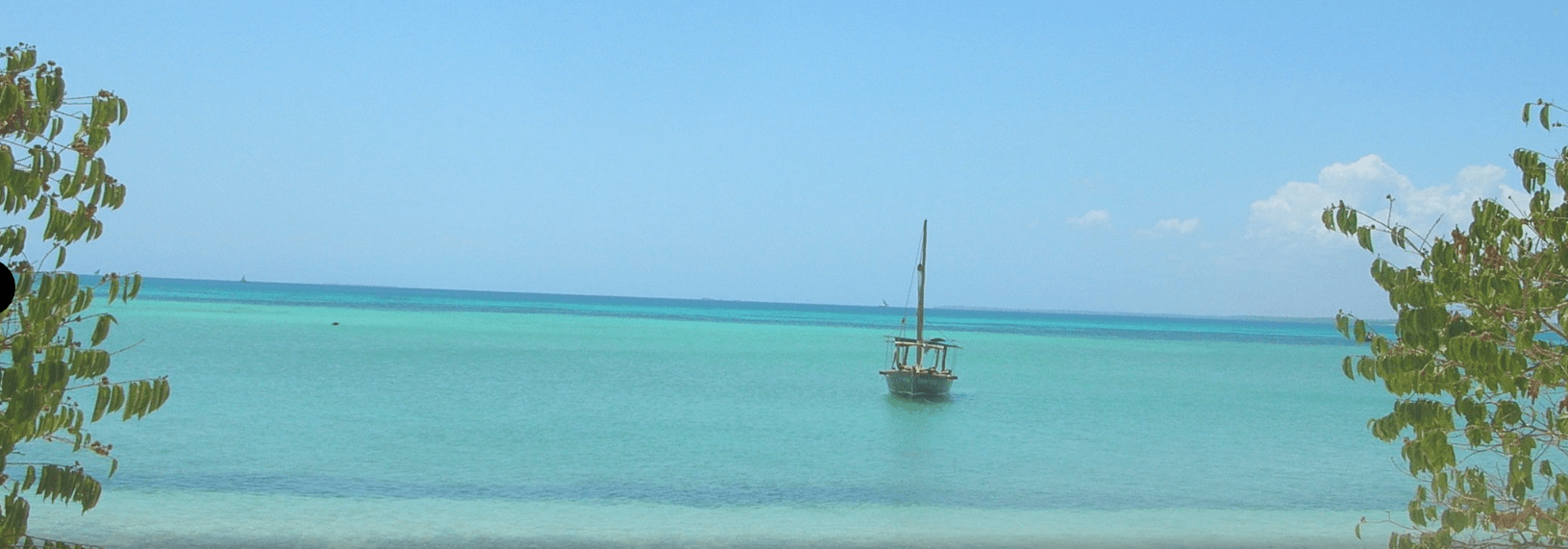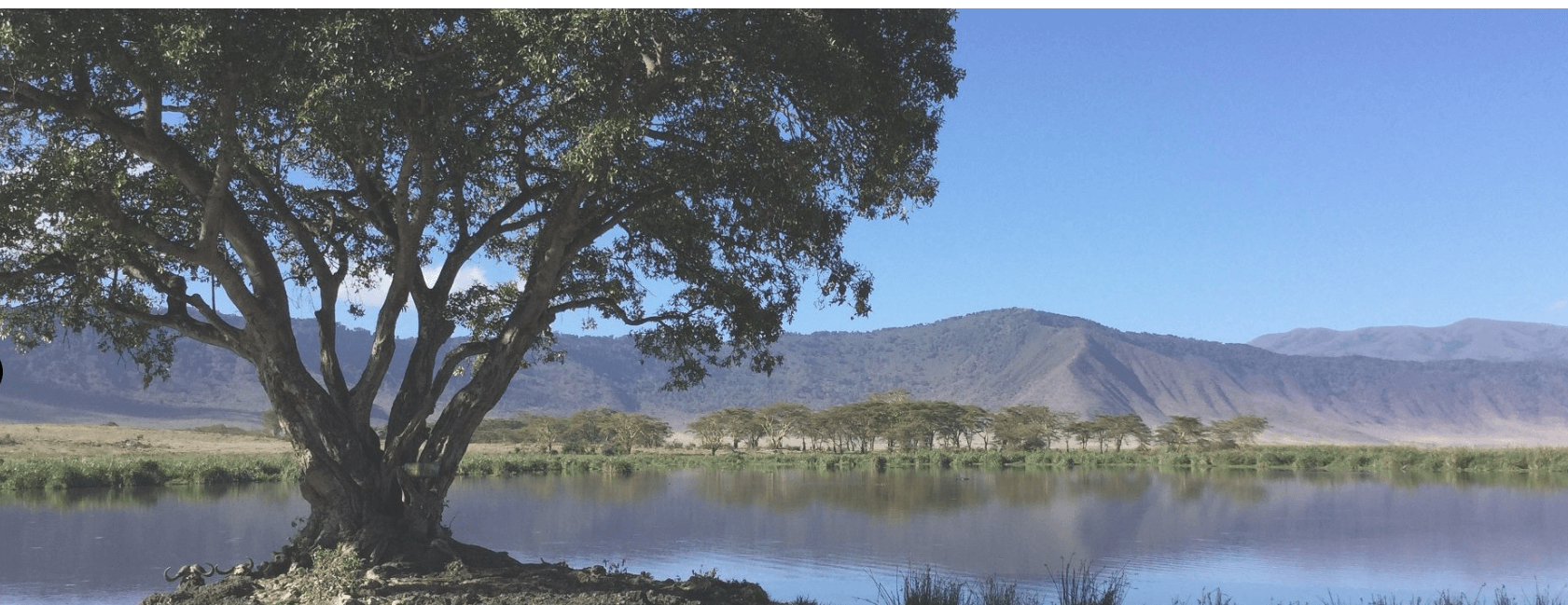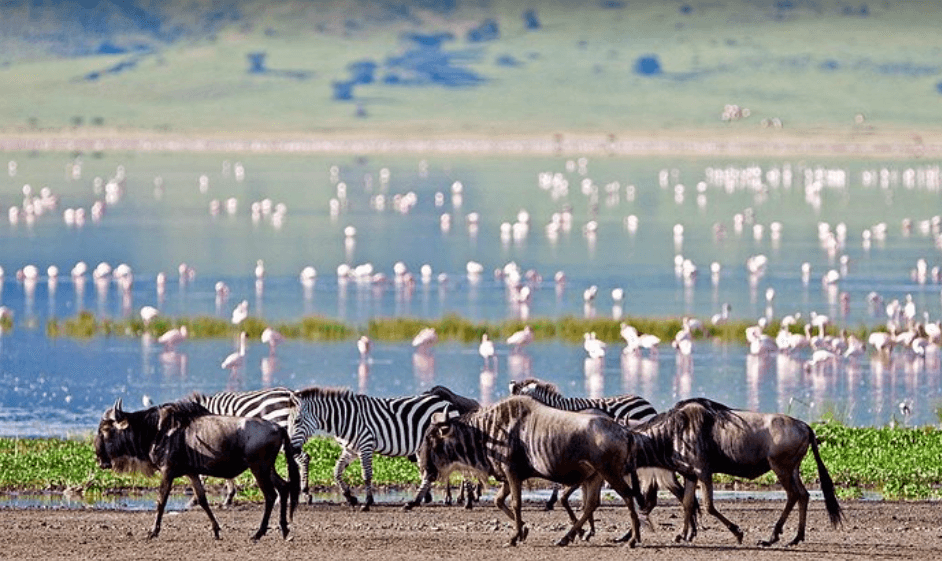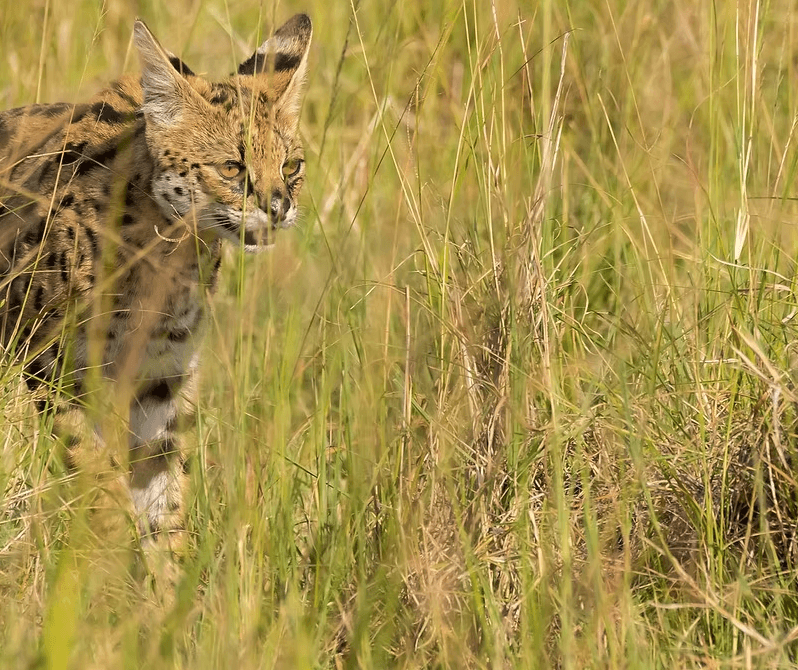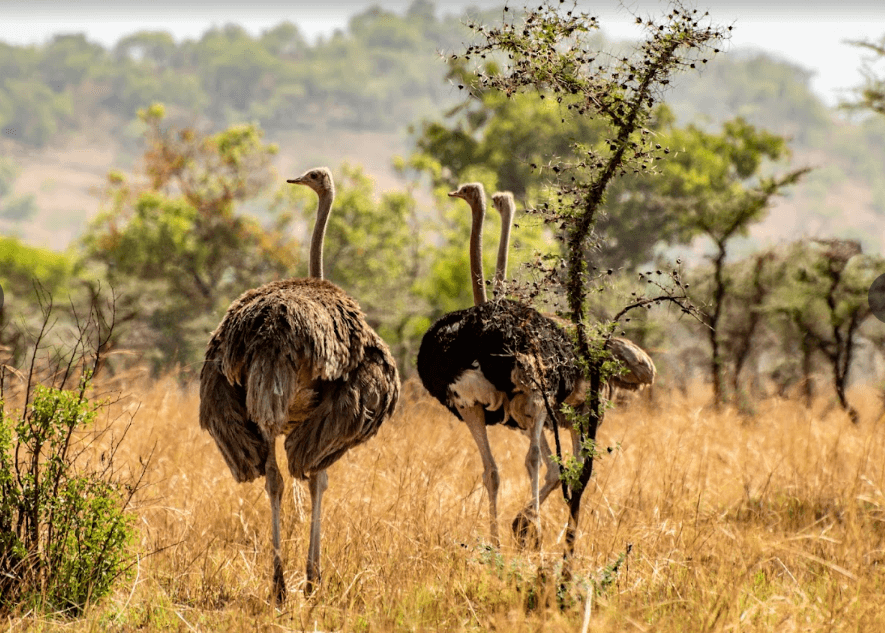Meru National Park
Meru National Park: A Comprehensive Guide to Kenya’s Undiscovered Safari Gem
Meru National Park, located in eastern Kenya, is a hidden paradise for safari enthusiasts. Unlike the more popular parks in Kenya, Meru remains relatively undiscovered, offering a unique and tranquil experience amidst unspoiled nature. Known for its lush greenery, diverse ecosystems, and significant conservation history, Meru National Park is an excellent choice for those seeking a quieter, more intimate wildlife adventure. This guide delves into the remarkable features of Meru National Park, detailing its history, how to get there, major attractions, activities, accommodations, and travel tips to make the most of your visit.
Overview and Background
Meru National Park spans approximately 870 square kilometers and is located near the equator. It was established in 1966 and gained fame through Joy and George Adamson’s book Born Free, which tells the story of Elsa the lioness, who was reintroduced into the wild in this very park. Unlike the savannahs of Masai Mara or Amboseli’s iconic views of Mount Kilimanjaro, Meru National Park offers a distinctive landscape with its dense riverine forests, open plains, and scenic hills. Its rich ecosystem supports a variety of wildlife, from big game animals to numerous bird species, making it a remarkable destination for nature lovers and birdwatchers alike.
How to Get There
Reaching the Park is relatively accessible, with several travel options catering to different preferences and budgets.
By Air
The quickest way to get to the Park is by flying. Flights operate from Nairobi’s Wilson Airport to Meru’s Kinna Airstrip, which is located near the park. The flight takes around 1-2 hours, making it a convenient choice for travelers who want to maximize their time in the park. Small charter flights also operate to other airstrips within Meru, depending on visitor requirements.
By Road
For those who prefer a scenic drive, The Park is accessible by road from Nairobi. The journey takes around 5-6 hours, covering a distance of approximately 350 kilometers. While the drive is long, it offers a chance to see Kenya’s diverse landscapes, from rolling hills to rural communities along the way. A 4×4 vehicle is recommended due to some rough patches on the road leading to the park entrance, especially during the rainy season.
Top Attractions
Meru National Park is known for its captivating attractions, each offering something special. From historical sites to scenic landscapes and unique wildlife, there’s no shortage of things to explore.
Elsa’s Kopje
Elsa’s Kopje is a historical landmark named after Elsa the lioness, the subject of the famous book and movie Born Free. Situated atop a hill, Elsa’s Kopje offers breathtaking panoramic views of Meru National Park and its surroundings. Visitors often trek to this spot to pay homage to Elsa, while also taking in the stunning landscapes that stretch as far as the eye can see. There’s also a luxurious eco-lodge at Elsa’s Kopje, where guests can stay and enjoy the beauty of Meru in style.
The Tana River and Rojewero River
Meru National Park is blessed with multiple rivers, the most notable being the Tana River and Rojewero River. These rivers are lifelines for the park’s ecosystem, supporting aquatic life and attracting a variety of animals to their banks. The rivers are excellent spots for wildlife viewing, as animals gather here to drink and bathe, creating opportunities to observe hippos, crocodiles, and numerous bird species up close.
Adamson’s Falls
Adamson’s Falls is a scenic waterfall located along the Tana River. Named after George Adamson, the renowned conservationist, the falls offer a serene environment that contrasts beautifully with the surrounding wilderness. Visitors can enjoy picnics by the falls, making it a peaceful retreat within the park.
The Rhino Sanctuary
Meru National Park is home to an impressive rhino sanctuary, providing a secure habitat for both black and white rhinos. Established to combat poaching and help the population recover, the sanctuary allows visitors to witness these majestic animals in a safe and protected environment. A visit to the rhino sanctuary is one of the highlights of Meru, offering a chance to learn about Kenya’s conservation efforts firsthand.
Unique Flora and Fauna
Meru National Park is renowned for its diverse ecosystems. The park is home to unique flora such as baobabs, doum palms, and wildflowers, which are especially vibrant after the rainy season. This vegetation, along with the park’s water sources, supports a variety of animals, including lions, cheetahs, elephants, giraffes, and antelopes. Over 300 bird species, including rare species like the Pel’s fishing owl and African finfoot, make Meru a birdwatcher’s paradise.
Activities in Meru National Park
Meru National Park offers a wide range of activities that cater to nature lovers, adventure seekers, and those looking to relax in a beautiful setting. Here are some of the top activities to experience.
Game Drives
Game drives are the most popular way to explore Meru National Park. With an experienced guide at the wheel, visitors can enjoy the thrill of spotting wildlife in their natural habitat. Early morning and late afternoon drives are ideal, as animals are most active during these cooler times. Guides offer insights into animal behavior and help visitors find the park’s big cats, elephants, and other wildlife.
Guided Nature Walks
For a more intimate experience, guided nature walks provide a closer look at the park’s flora, fauna, and smaller animals. Accompanied by an armed ranger, visitors have the chance to observe animal tracks, spot unique plants, and discover fascinating insects and birds. Nature walks are a fantastic way to learn about the ecosystem up close, giving a sense of the interconnectedness of all life within the park.
Bird Watching
With over 300 bird species, Meru National Park is a haven for bird watchers. The park’s rivers, wetlands, and forests attract an array of birds, from water birds like kingfishers and pelicans to raptors and songbirds. A pair of binoculars is essential, as many rare species inhabit this lush landscape.
Fishing in the Tana River
For anglers, fishing in the Tana River is an exciting activity. The river is home to various fish species, and the tranquil surroundings provide a perfect backdrop for a relaxing day. Visitors interested in fishing should check with the park for any necessary permits or restrictions.
Cultural Visits
Nearby communities offer cultural visits, where travelers can learn about the traditions and daily lives of the local people. Engaging with the culture around Meru provides a meaningful addition to the safari experience, helping visitors appreciate the relationship between local communities and the park.
Accommodation
Meru National Park offers a range of accommodation options, from luxurious lodges to more budget-friendly campsites. Here are some popular choices for visitors looking to stay within or near the park.
Luxury Lodges
For those seeking comfort and style, luxury lodges such as Elsa’s Kopje and Rhino River Camp provide top-notch amenities. These lodges offer private cottages, exceptional service, gourmet dining, and guided tours, ensuring an unforgettable safari experience. Elsa’s Kopje, in particular, is known for its eco-friendly approach and stunning views of the park.
Mid-Range Lodges and Camps
Mid-range options like Ikweta Safari Camp and Murera Springs Eco Lodge provide comfort and convenience at a more affordable price. These lodges offer en-suite tents or rooms, communal dining, and basic amenities, striking a balance between cost and comfort.
Budget Campsites
For travelers on a tight budget, Meru National Park has public campsites that allow for a more rustic experience. While amenities are limited, the campsites offer an authentic adventure for those wanting to sleep under the stars and enjoy the park’s wild atmosphere. Self-catering facilities are often available, so bringing your own supplies is recommended.
FAQs
What is the Best Time to Visit Meru National Park?
The best time to visit Meru National Park is during the dry season, which runs from June to September and December to February. During these months, animals congregate around water sources, making them easier to spot. The rainy season, from March to May and October to November, can make some roads impassable but offers lush landscapes and fewer crowds.
How Many Days Should I Spend in Meru National Park?
For a comprehensive experience, it’s recommended to spend at least 3 days in Meru National Park. This duration allows ample time for game drives, guided walks, and relaxation. However, visitors with limited time can still enjoy a shorter 1-2 day trip, focusing on major attractions.
Is Meru National Park Safe for Tourists?
Yes, Meru National Park is generally safe for tourists. Park authorities and rangers ensure that the park remains secure for visitors, with strict regulations in place for both day and night activities. Guides and rangers accompany guests during activities, offering safety as well as valuable local knowledge.
What Should I Pack for a Trip to Meru National Park?
Packing the right items can enhance your safari experience. Essentials include comfortable clothing, sunscreen, insect repellent, a wide-brimmed hat, binoculars, and a camera. If visiting during the rainy season, a waterproof jacket and sturdy shoes are recommended due to muddy paths and unpredictable weather.
Are Vaccinations Required for Visiting Meru National Park?
While not mandatory, vaccinations for yellow fever, typhoid, and hepatitis A are recommended for travelers visiting Kenya. Additionally, malaria is prevalent in some regions, so anti-malarial medication is advised. It’s best to consult a travel doctor before your trip for personalized health advice.
Can I Visit Meru National Park as a Day Trip from Nairobi?
Due to its distance from Nairobi, a day trip to Meru National Park is challenging. The journey takes several hours by road, and most visitors choose to stay overnight to make the most of their visit. Staying at least one night is advised for a fulfilling experience.
Meru National Park is a hidden gem that offers a different side of Kenya’s wilderness, away from the bustling crowds of more famous parks. With its rich conservation history, diverse ecosystems, and range of wildlife, Meru provides an unforgettable experience for safari enthusiasts and nature lovers alike. Whether you’re trekking to Elsa’s Kopje, exploring the lush riverine forests, or watching a rhino at the sanctuary, Meru National Park immerses you in a tranquil, untouched African wilderness.

